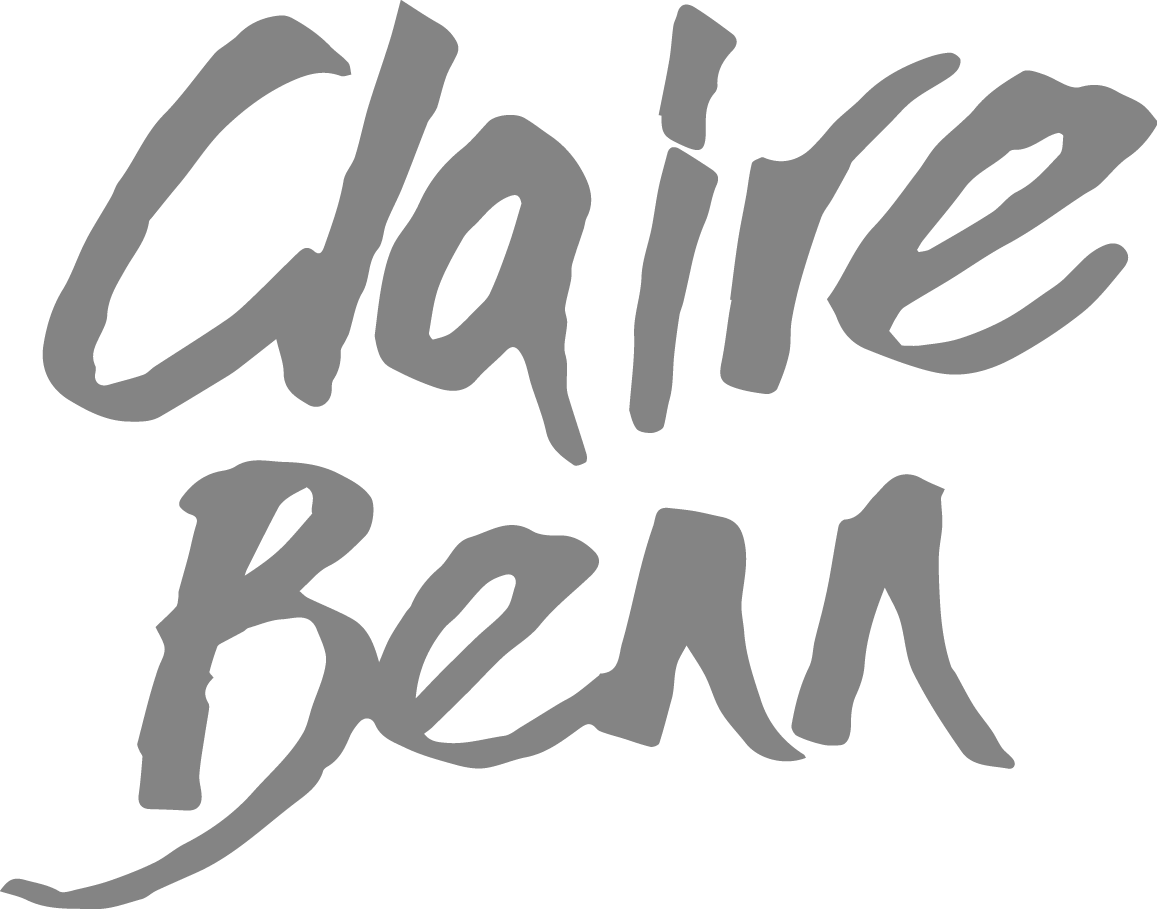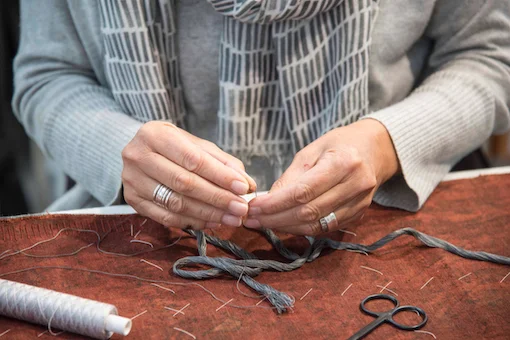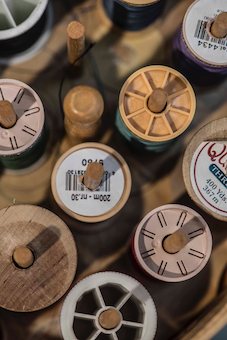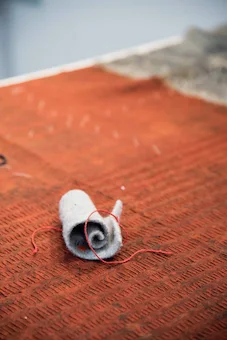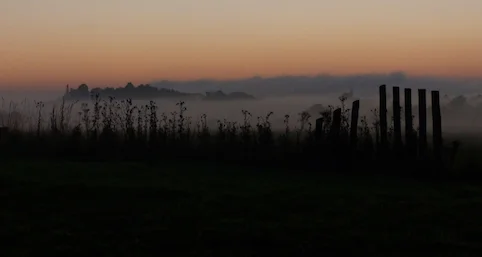Marking Time
“There is more to time than simply increasing its speed ”
A spiral of stones by Jim Ede (Image; Kettles Yard)
Time. Something we all fret about; not having enough of it, wasting it. During history lessons at school most of us would have been presented with a linear timeline, where the past was a haze of memories and hard-to-remember dates, and the future invisible.
I’m currently reading a great book called ‘Come of Age ’ by Stephen Jenkinson. In it he offers four considerations for visualising a timeline, my favourite being one of a spiral. He says:
“The spiral has an expansive quality to it, and so it has the capacity to gather as it grows. It is possessed of a real third dimension.., this spiral has a depth that widens, deepens with the days.., it fingers the prayer beads of when and where it has been. It eddies, it curls, it slows and reverses. It drifts, it lingers, it hurtles, it abides. It is mercurial and will not be herded or brought to order, but it will bear your efforts to do just that. As it wafts it restores.., In the spiral time has volume, and that aspect of depth is where the going on of time registers and appears, and where we and our memory appear.”
I’m aware that growing older can cause anxiety, as time seems to be running out, but imagining time as spiral is rather comforting as it contains all of the events, experiences, learning and wisdom that has made us so far. We are at the very centre of it, pulling it ever upwards but never losing all that has gone before. In fact, all that has gone before spreads out and sits beneath us as a solid foundation.
My love of slow process (something which only came to me as I grew older) is also a way of honouring time and trying to be present. I find slow process extraordinarily calming. That’s not to say I don’t get impatient on occasion or make my next move without thinking things through fully enough, but I’m more and more accepting that the way I work takes time. My processes also generate a visual trace, a ‘mark’ of time and this is particularly true of hand stitch.
Hand stitch is an exploration of silence and stillness, and most definitely a kind of meditation due to the repetition of the activity. Draw out the thread. Snip it off. Thread the needle. Make the stitches; needle in, needle out. Tie off the end. Snip the thread.., and start again. Two things seem to happen to my mind; on the one hand it becomes quiet and still. I don’t seem to think about anything at all or if I do, I’m unaware of it. At other times my mind seems to drift and in that drifting, ‘catches’ solutions to problems or new ideas in its net.
‘Red Rock, Rain and River’ (detail)
I also think my preference for using ‘old cloth’ comes with this new appreciation of time. The old hemp and linen I now (mainly) use are full of time. I often find myself thinking about the ancestry of use each piece of cloth has had, evidenced in threadbare areas, holes and mending. Hemp is also the cloth of the poor. Sturdy and hard-wearing, a bit rough and ready but now softened though years of use and laundering. Lovely to stitch as the weave is generally fairly open, hemp is a generous and somehow honest cloth.
‘HaCI’ (detail)
I don’t always stitch through soft cloth. My landscape works usually begin with earth pigments bound in acrylic medium. Although I dilute the medium with water to create the background, the cloth does stiffen up, so stitching it by hand can – at times – feel like a penance. In December and January I spent a great deal of time hand stitching four new works in progress, ready for them to have more pigment applied to them.
‘Fissure’ (detail)
At a certain point my fingers begged for something more forgiving, so James’s favoured old sweaters got the mending they needed.
My thread collection is also a joy to me, kept in translucent boxes, roughly ordered by colour. Looking at them gives me the same pleasure I had as a child in the traditional sweet shop, eyeballing the rows of brightly coloured jars lined up on the shelves. You’d think I’d have amassed enough thread by now but often, at the start of a new piece, I never seem to have the perfect assembly of colour and/or weight.., and so go on the hunt for more. Luckily, it is a collecting obsession that’s relatively affordable!
Red thread
The tools of hand stitch are also beautiful, which is why a couple of years ago I made a small piece involving many, many needles dangling from threads. At the time I called it ‘Blunt your Sharpness’ as an acknowledgement that at times, I need to soften my approach.
‘Blunt Your Sharpness’ (detail)
My little black scissors are lovely to look at and handle, as is my ‘bedroll’ of needles, my leather thimbles, my cotton reel holder and the soft (now somewhat worn) sewing bag a friend made for me.
Winter is a ‘season of stitch’ for me whilst summer calls for wet work as it offers good drying days. Spring and autumn generate varied weather and varied activities. The shorter days and colder temperatures of winter seem somehow suited to stitch as it’s a comforting activity. Howling winds and hard driving rain offer no threat in my small, warm studio. Frosted, sharper sunny days are a joy to look at – as is the odd snowfall (rare in the south) - and mist-shrouded periods offer a sense of being cocooned, and everything is soft and muted.
Claire Benn Painting
As a result, my studio work has a cyclical quality to it; periods of physical activity and periods of more restful activity, although I’m mindful that stitching equals sitting, which isn’t great for the body. My solution is to stand and walk about every time I have to re-thread the needle - and/or stitch standing up - and make sure I get outside for a walk – regardless of the weather.
Barn, Looking West
And so my next body of work is being birthed, slowly but surely and when I’m ready, I’ll show it.
Linen threads
Images by Katie Vandyck, one from Sinéad Smith and a few from me of the landscape around Potter’s farm.
